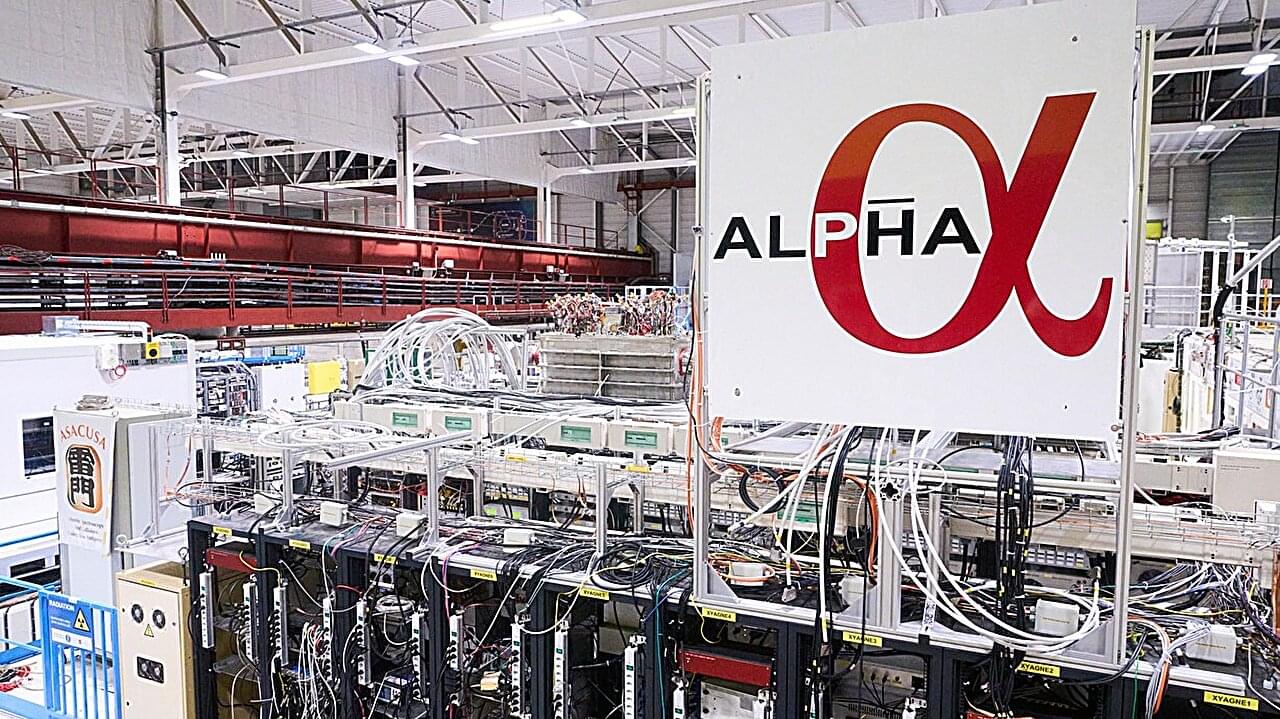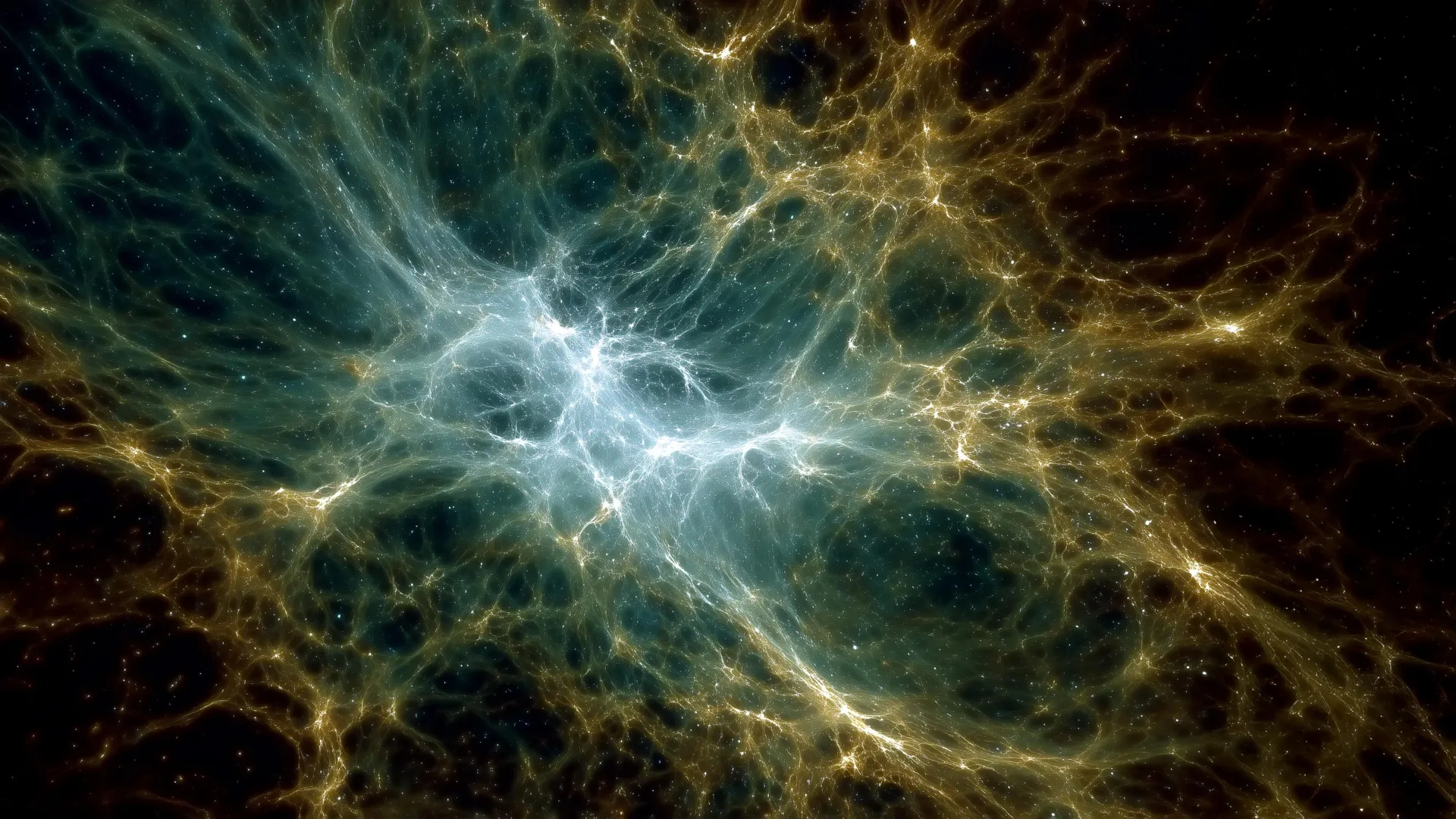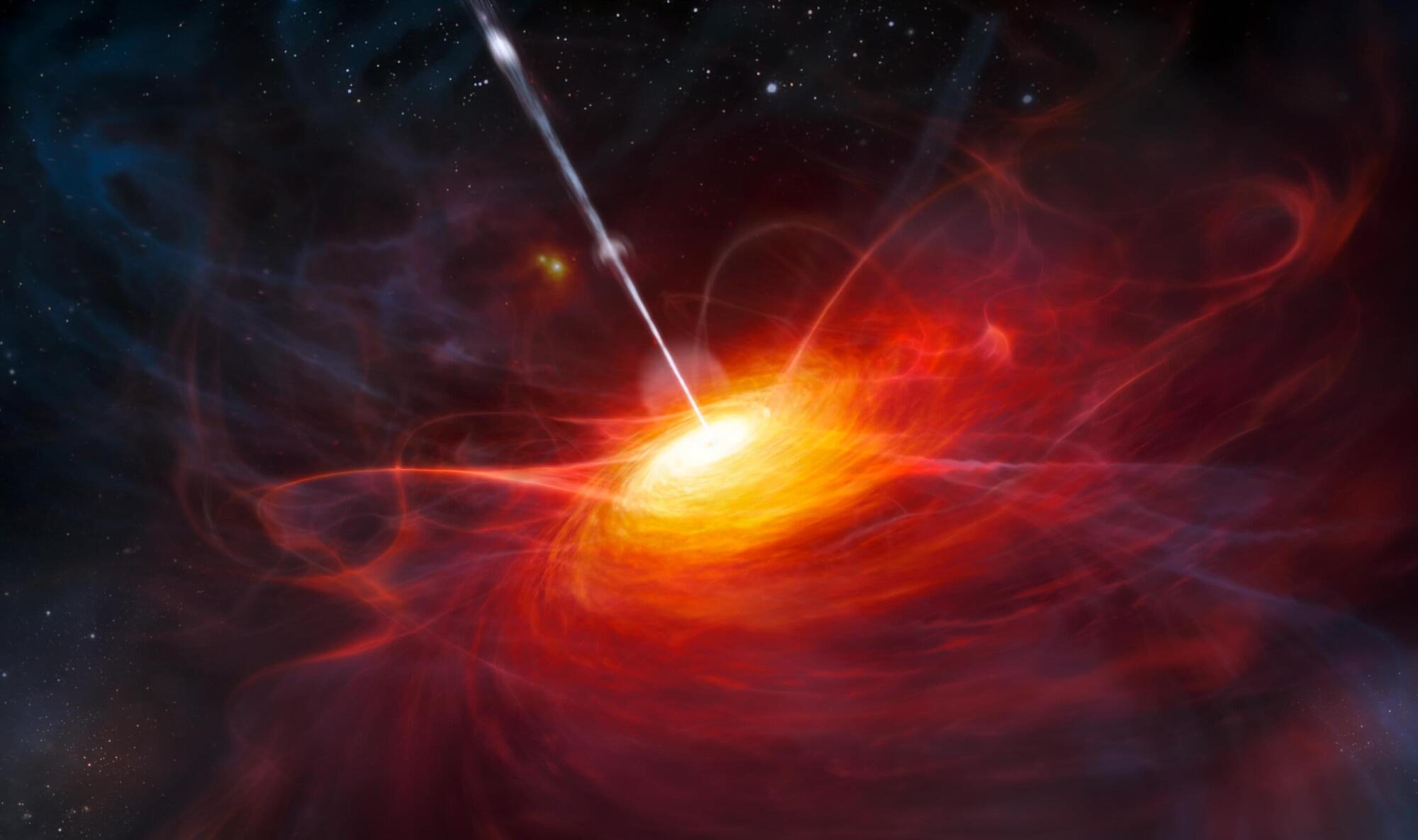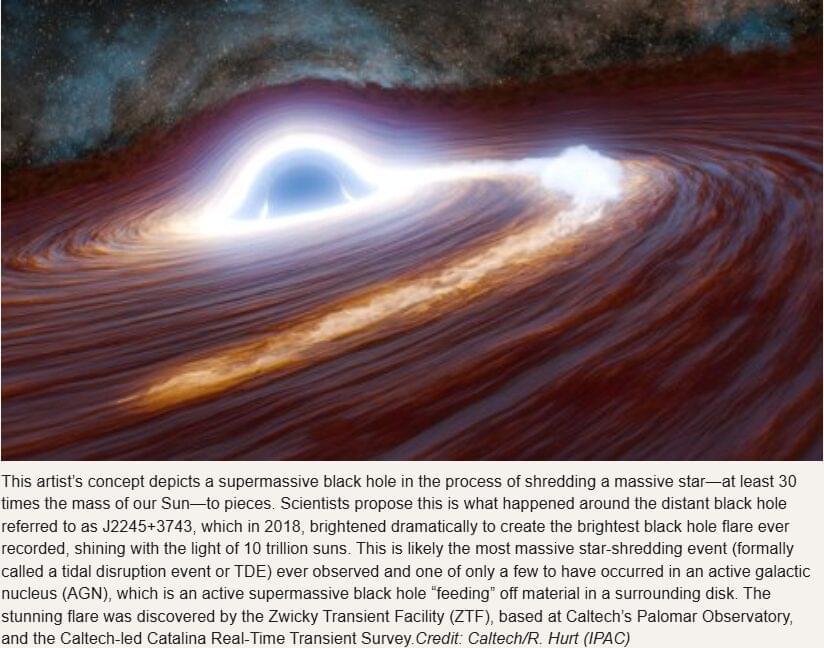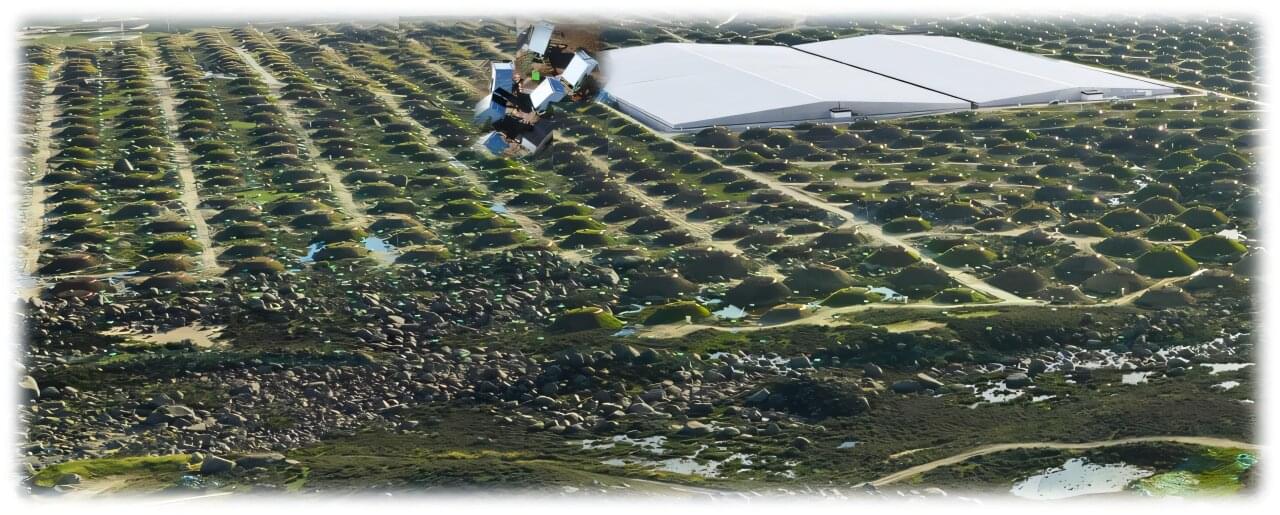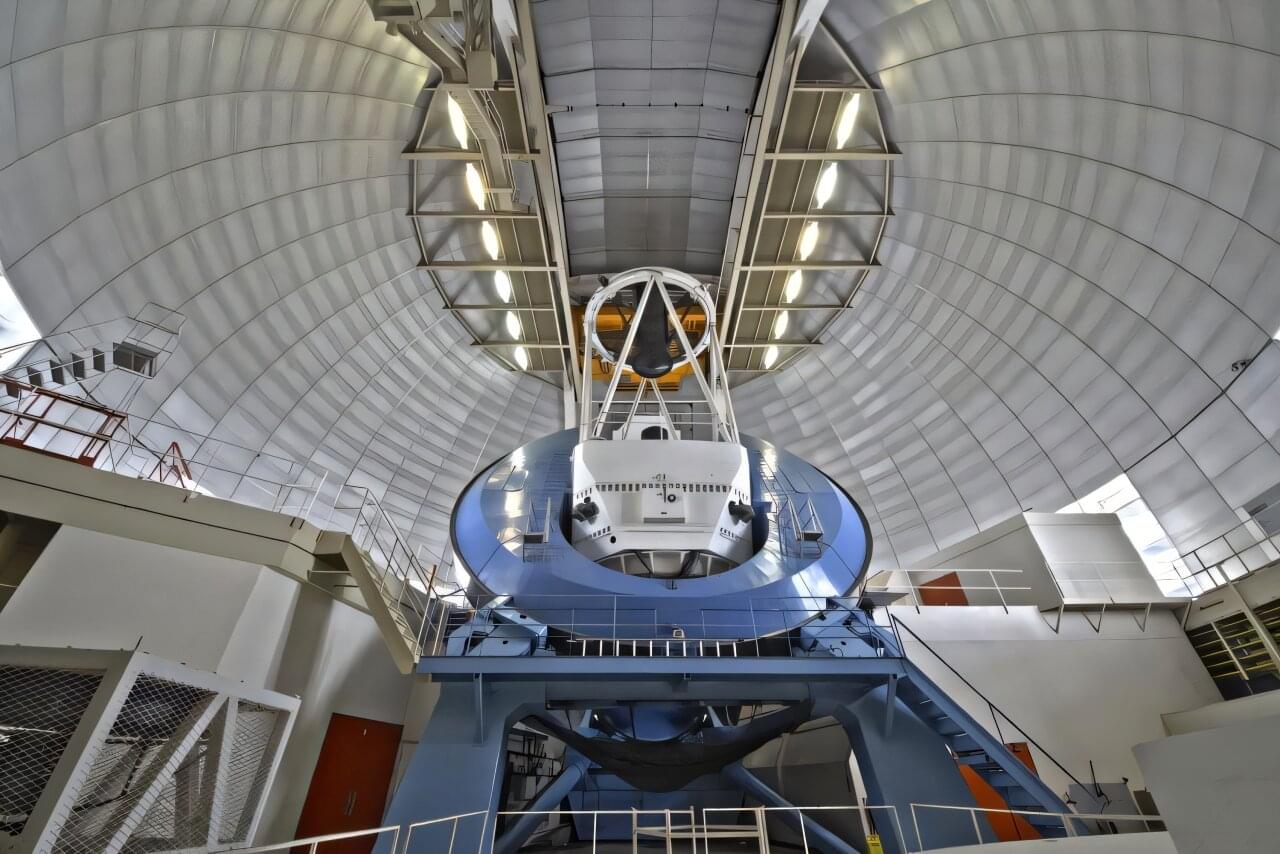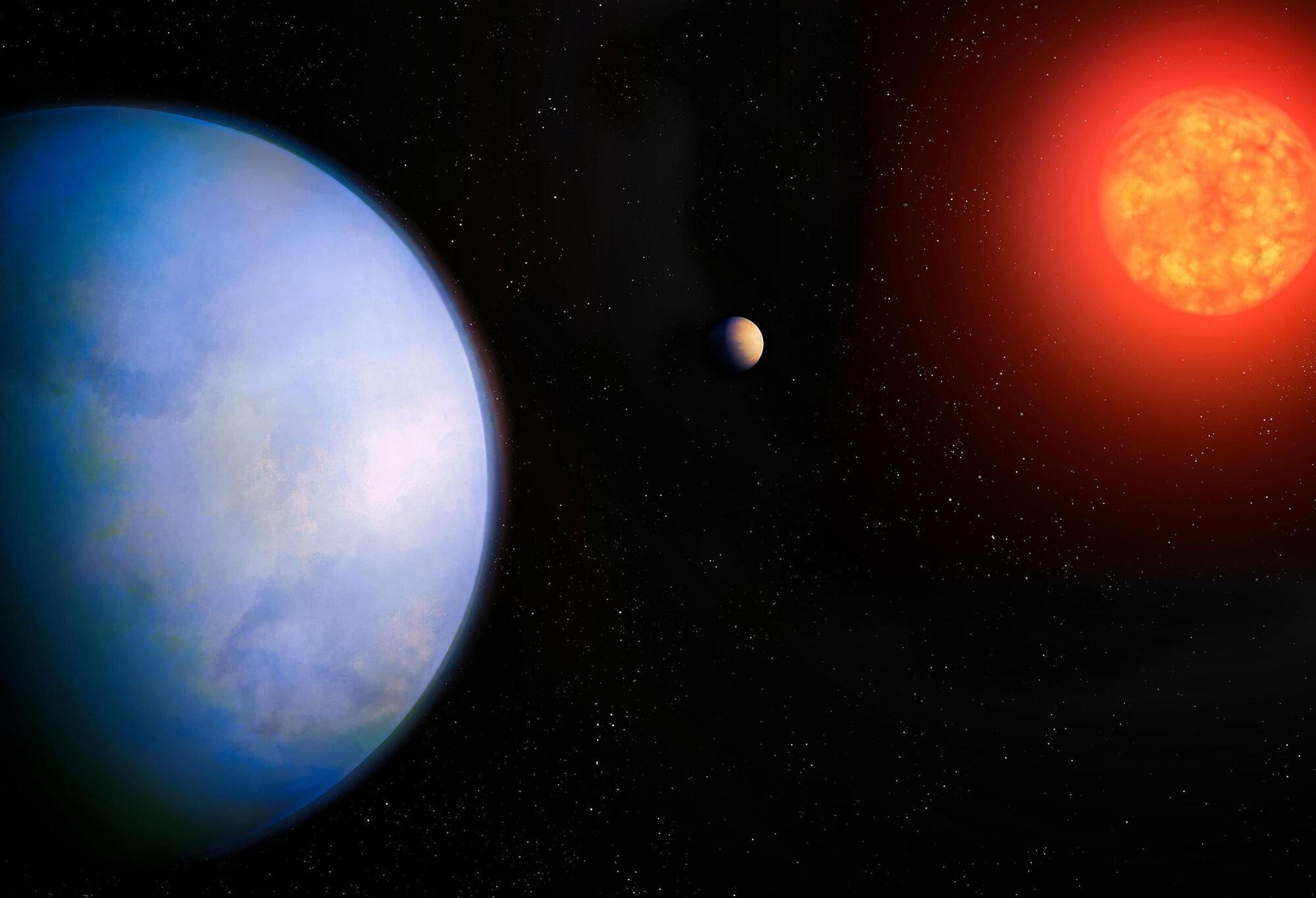Physicists from Swansea University have played the leading role in a scientific breakthrough at CERN, developing an innovative technique that increases the antihydrogen trapping rate by a factor of ten.
The advancement, achieved as part of the international Antihydrogen Laser Physics Apparatus (ALPHA) collaboration, has been published in Nature Communications and could help answer one of the biggest questions in physics: Why is there such a large imbalance between matter and antimatter? According to the Big Bang theory, equal amounts were created at the beginning of the universe, so why is the world around us made almost entirely of matter?
Antihydrogen is the “mirror version” of hydrogen, made from an antiproton and a positron. Trapping and studying it helps scientists explore how antimatter behaves, and whether it follows the same rules as matter.
